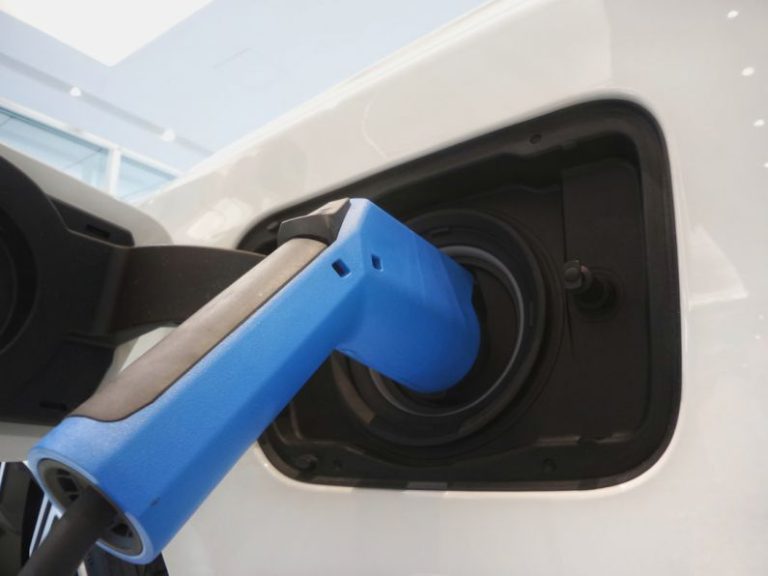Cold Vs Hot Retreading: Innovations and Differences
When it comes to tire retreading, two popular methods stand out in the industry: cold retreading and hot retreading. Both techniques have their own set of advantages and differences, making them suitable for various applications. In this article, we will delve into the innovations and distinctions between cold and hot retreading processes.
**Understanding Retreading**
Before we delve into the differences between cold and hot retreading, it is essential to understand what retreading actually entails. Retreading is a process where worn-out tire treads are replaced with new treads to extend the tire’s lifespan. This process helps in reducing waste and saves costs compared to buying new tires.
**Cold Retreading: The Process and Innovations**
Cold retreading, also known as pre-cure retreading, involves applying a pre-cured tread rubber to the tire casing using adhesives and then placing it in a chamber to cure. The key innovation in cold retreading lies in the pre-cured tread rubber, which is manufactured separately and then applied to the tire casing. This method allows for more control over the tread design and ensures a uniform tread pattern.
One of the main advantages of cold retreading is its ability to produce a smoother and more refined tread surface, which can result in improved traction and performance. Additionally, the pre-cured tread rubber used in cold retreading is often more consistent in quality, leading to enhanced durability and longevity.
**Hot Retreading: The Process and Innovations**
Hot retreading, also known as mold-cure retreading, involves placing the tire casing with the worn-out tread in a mold, then applying uncured tread rubber, and finally curing the tire in a heat chamber. The innovation in hot retreading comes from the use of uncured tread rubber, which allows for a chemical bond to form between the new tread and the existing tire casing.
Hot retreading is known for its ability to produce tires with excellent bonding strength between the new tread and the casing, resulting in enhanced durability and resistance to wear and tear. The heat and pressure used in hot retreading also help in achieving a tight seal between the tread and the casing, reducing the risk of tread separation.
**Differences and Applications**
One of the key differences between cold and hot retreading lies in the bonding process. Cold retreading relies on adhesives to bond the pre-cured tread rubber to the casing, while hot retreading utilizes heat and pressure to create a chemical bond between the new tread and the casing. This fundamental difference can impact the overall performance and longevity of the retreaded tire.
Cold retreading is often preferred for applications that require a smoother tread surface and improved aesthetics, such as passenger vehicles and light trucks. On the other hand, hot retreading is favored for heavy-duty applications where durability and strength are paramount, such as commercial trucks and off-road vehicles.
**Which Retreading Method is Right for You?**
When deciding between cold and hot retreading, it is essential to consider the specific requirements of your vehicle and the intended application. Cold retreading may be more suitable for vehicles that prioritize aesthetics and traction, while hot retreading is ideal for vehicles that require enhanced durability and strength.
In conclusion, both cold and hot retreading methods offer unique innovations and advantages that cater to different needs in the tire industry. By understanding the differences between the two processes and considering your specific requirements, you can make an informed decision on the most suitable retreading method for your vehicle.






